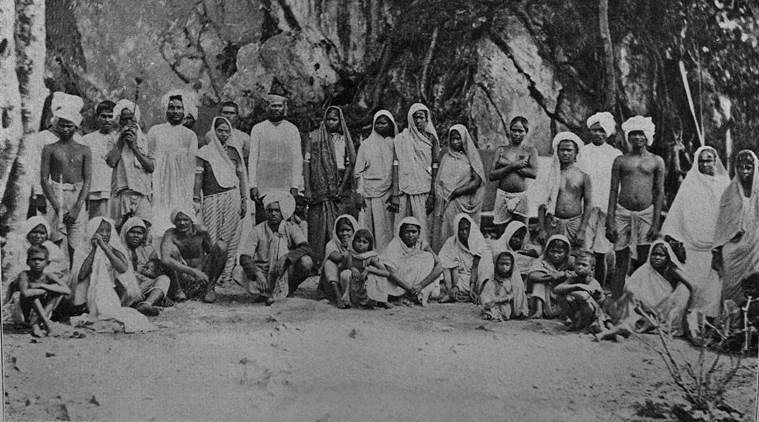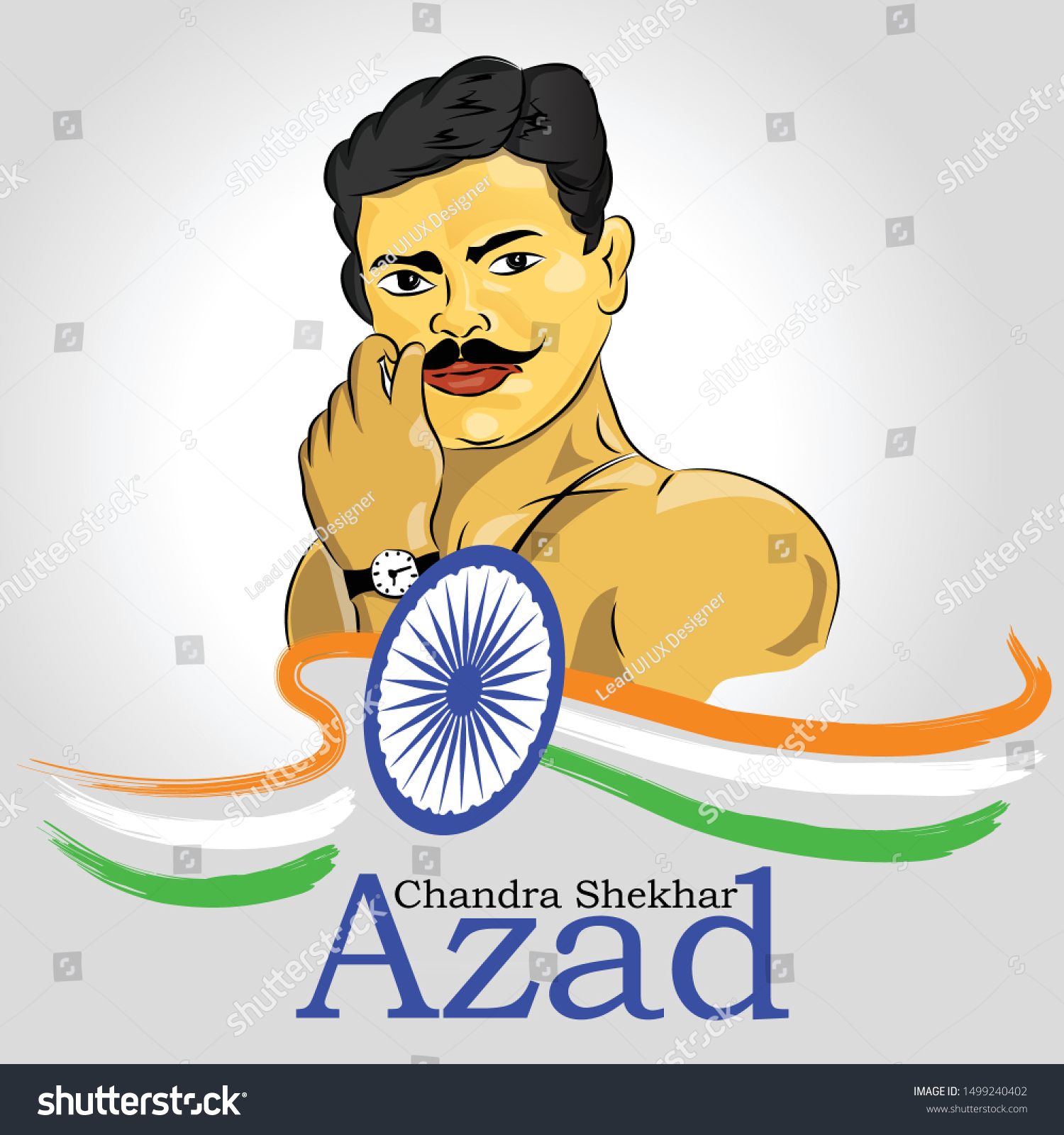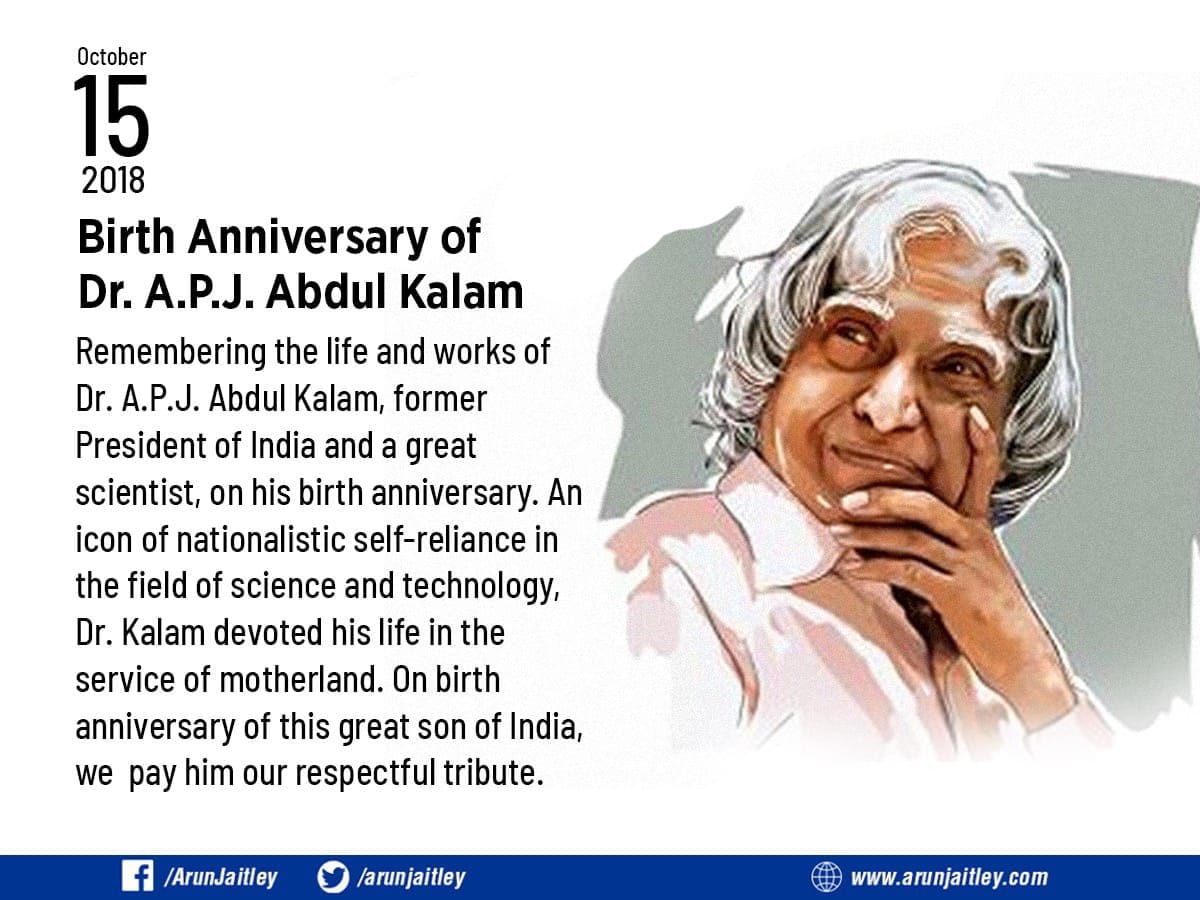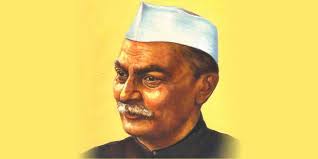It’s been 170 years since the first Indian people arrived in the Caribbean. After slavery ended, people started looking for new ways to make money, so they started bringing in workers from the East Indies to work on British plantations in what was then known as the West Indies.
Half a million Indians moved to the Caribbean between 1838 and 1917. Dr Samaroo says that 259,000 of them went to Guyana. 147,000 went to Trinidad and 38,000 went to Jamaica, with smaller amounts going to the rest of the Caribbean.

Trinidad was colonised in 1592 by the Spanish, but it wasn’t until the 19th century that Subcontinental labour came to the island. It was a backwater for most of the next two centuries, but in 1797 it was taken over by the British. At the time, the French had some of the worst slavers on the island, taking hundreds of Africans every year just to make up for the dwindling numbers because of the brutal conditions they were forced to work in and the disease they were exposed to on their sugar plantations. Tens of thousands of slaves were brought in over the years, and children over six were forced to work. Prisoners were also flogged and tortured, and some were mutilated or even executed.

In 1802, Trinidad had about 200 sugar plantations, 2,261 white settlers, 5,275 free coloureds, and about 20,000 slaves, all of whom were enslaved. By this time, the local Carib and Arawak population had been wiped out, and the pre-Columbus estimate of 40,000 people living in Trinidad had dropped to about 1000.
When the British government finally declared a complete ban on transatlantic slave trade in 1807, Trinidad’s sugar plantation owners objected vehemently, writing in a petition that the move was a “vicious and most injurious attempt to interfere with the power of a master over his slave.”
In reality, slaves were still being bought and sold throughout the Caribbean, and slavery remained in Trinidad until the end of the nineteenth century. At that time, slave owners claimed and received indemnities from the British government equal to the average market value for each slave.
The ratio of Indian women to men emigrating to the Caribbean has been very low for many years. In 1938, the ratio was 3:100 Indians to every 100 Indians. The Indian Government and the Colonial Office established a quota system to determine how many Indian women immigrated to the Caribbean. The 1870 quota called for 40 Indians to every 100 Indian men. This quota was often exceeded. In total, 25% of all Indian immigrants to the Caribbean were female. There are several reasons why fewer Indian women emigrated than men.
Special Thanks to : ROMA






